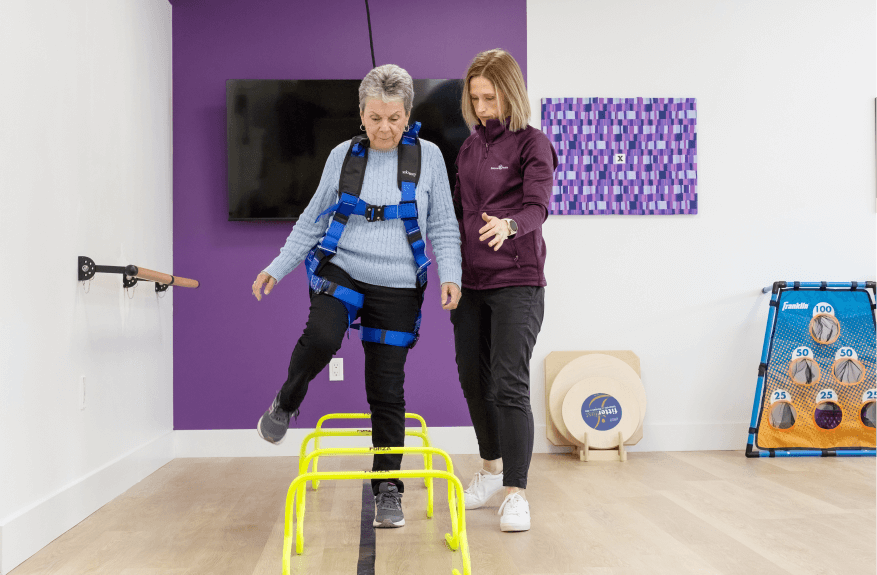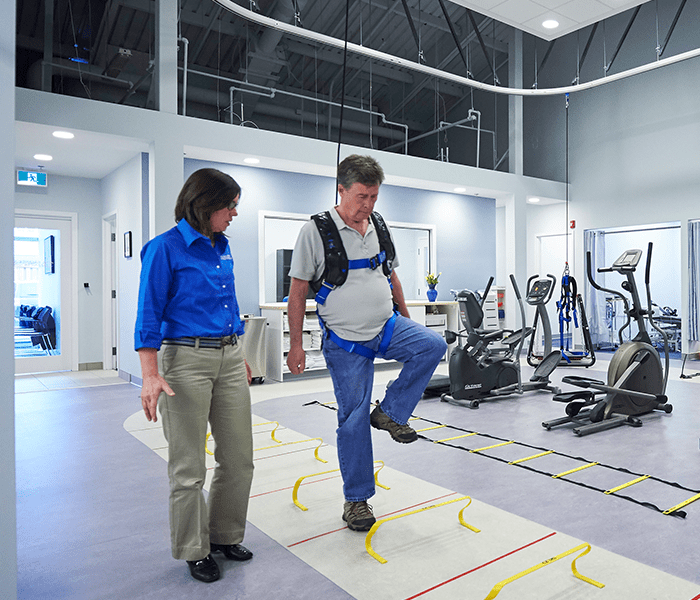Safe Patient Handling and Mobility Program: Keep Your Patients Safe During Therapy

The safety and well-being of your patients during physical therapy and rehabilitation is critical. Safe patient handling and mobility are crucial in ensuring that therapy sessions are effective and free from dangerous risks and falls. Safe patient handling and mobility involves using assistive devices to ensure that patients can be mobilized safely and that care providers avoid injury during patient-handling tasks. Implementing a safe patient handling and mobility program in your facility is extremely important to keep your patients safe throughout their treatment journey.
Why Safe Patient Handling Matters in Therapy

Many therapy sessions involve movements and exercises to help patients regain strength, mobility, and independence. However, many of these activities can pose risks to patients, especially those with limited mobility or medical conditions that make them vulnerable to injury. Safe patient handling practices are essential to minimize risks while creating a supportive environment for healing and recovery.
What Are the Key Components of a Safe Patient Handling and Mobility Program?
Assessment and Planning
Before beginning therapy sessions, it’s crucial to assess each patient’s:
- Mobility level
- Physical condition
- Balance & coordination
- Injuries
- Medical history
- Any specific needs or limitations
This information will help guide the development of a personalized treatment plan that includes necessary handling techniques and safety measures. An assessment of each patient will help you determine what exercises and equipment each patient should use during therapy.
Training for Therapy Staff
Therapists and staff should receive comprehensive training on safe patient-handling techniques. In your training, you should cover the following:
- Proper body mechanics
- How to use assistive devices
- Strategies for preventing falls
Use of Assistive Equipment

Assistive equipment can significantly reduce the risk of falls and injuries for patients and caregivers. These tools help with safe transfers, positioning, and mobility exercises, especially for patients with limited strength, mobility, or balance.
The Solo-Step Overhead Track & Harness System can help prevent dangerous falls during patient transfers, balance training, strength training, and more. The Solo-Step Overhead Track & Harness System is a ceiling-mounted track system that connects to the patient via harness and lanyard. When your patient is connected to the Solo-Step Overhead Track System, they will be protected from dangerous falls!
The Solo-Step provides numerous benefits for your patients & staff, including:
- Increased confidence
- Decreased fear of falling
- Improved balance
- Improved strength
- Promotes independence
- Reduced back strain for therapists
- And more
Communication and Collaboration
Effective communication among your team members is essential for coordinating patient care and ensuring everyone knows each patient’s needs and abilities. Collaboration between therapists, nurses, and other healthcare professionals is necessary to streamline the patient-handling process and prevent errors or oversights.
Monitoring and Feedback
Regular monitoring of patient’s progress and feedback from your staff and patients are important to allow adjustments to be made to treatment plans or handling techniques as needed to ensure optimal safety and effectiveness.
Helpful Tips for Safe Patient Handling During Therapy Sessions
- Assess the patient’s mobility and physical condition before starting therapy activities.
- Use proper body mechanics to avoid strain.
- Provide clear instructions to patients before initiating movements.
- Encourage patients to communicate any concerns or discomfort.
- Make sure your assistive equipment is properly maintained.
- Minimize any hazards in the therapy environment to reduce falls and accidents.
A safe patient handling and mobility program is essential for providing your patients with the safety and well-being they deserve. By prioritizing patient safety, you can make a positive impact on the lives of your patients.
Protect your patients with the Solo-Step Overhead Track System!